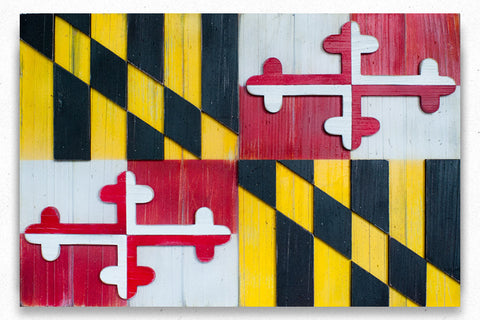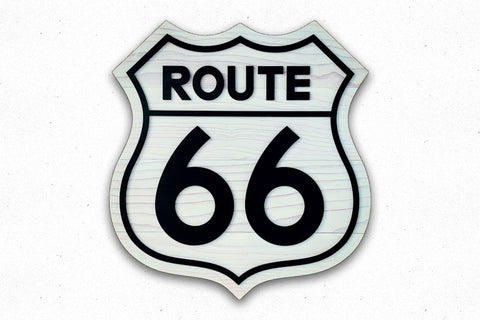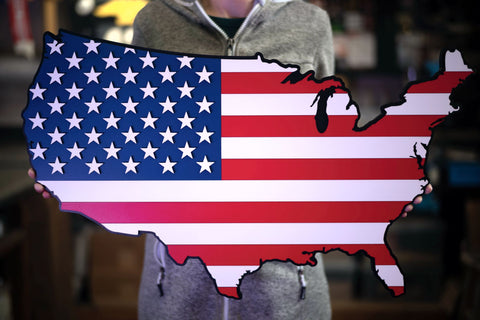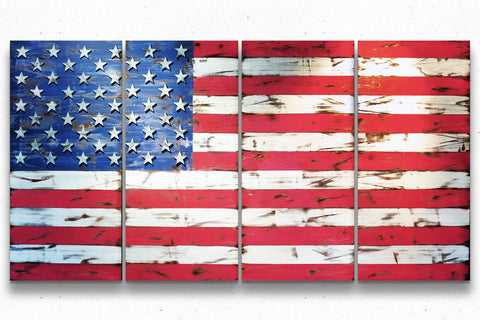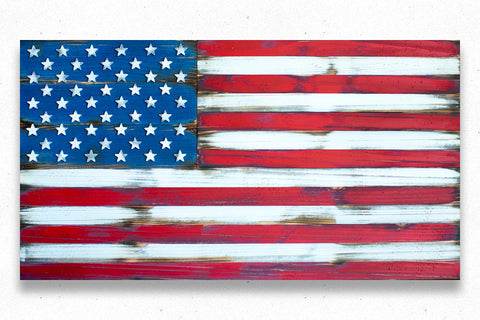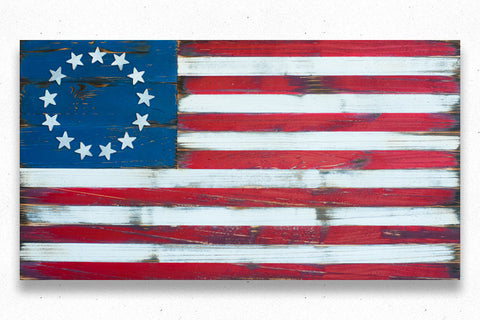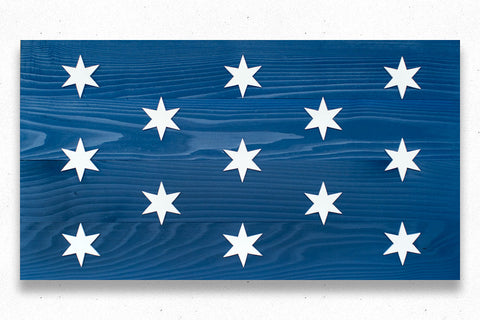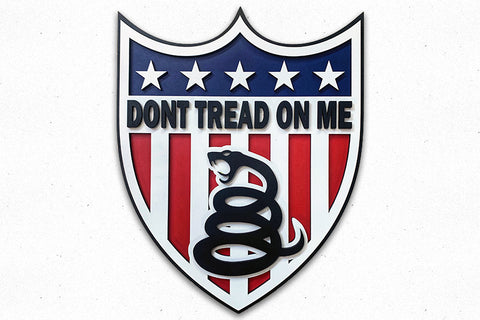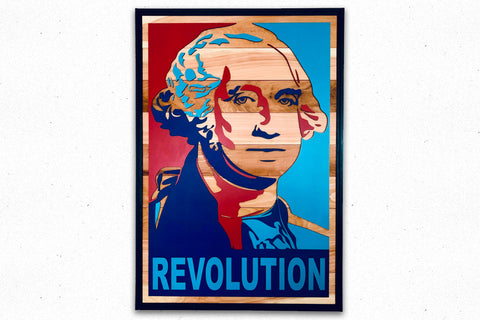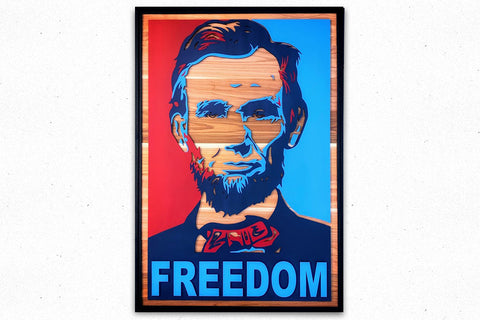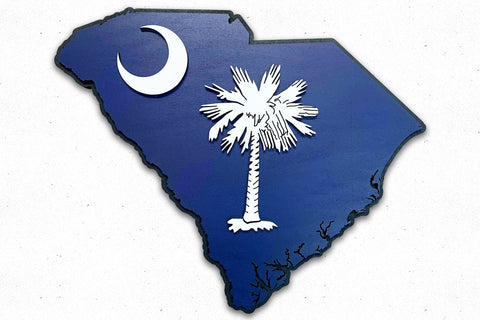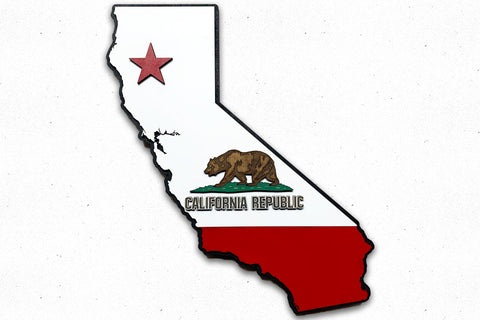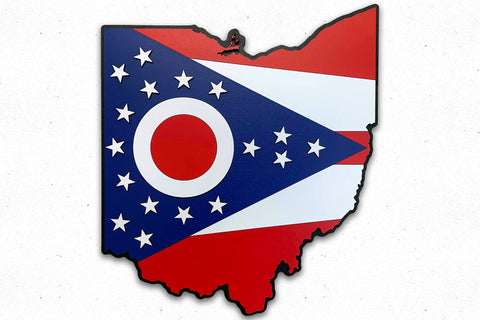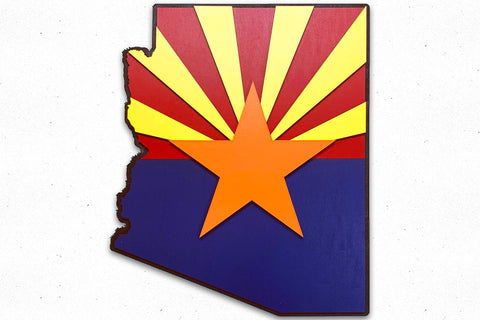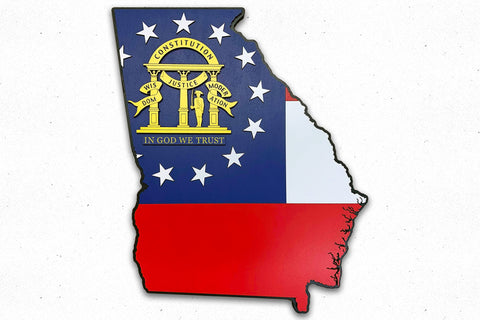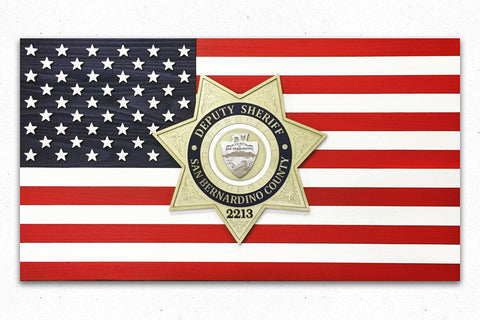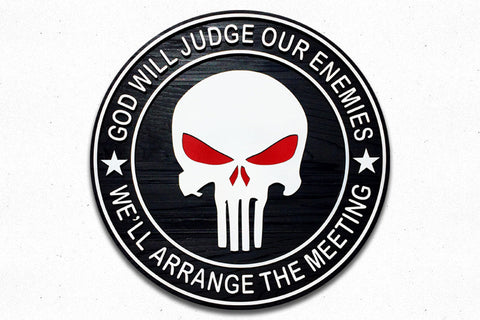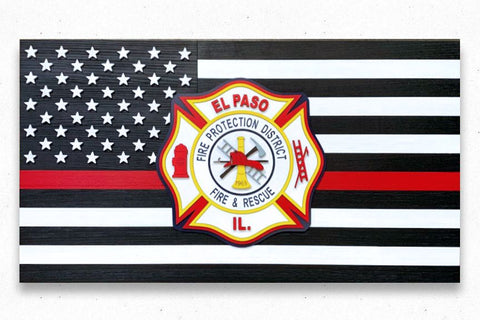A wooden replica of South Korea’s flag was recently added to PatriotWood.com. As we researched this flag, we were impressed by the symbolism built into its design—both in its complexity and its volume. The design is ultimately philosophical, providing a model for understanding harmony in the world.
Let’s take a look at the symbolism in South Korea’s flag.

There are three major components to South Korea’s flag: the background, the four black trigram symbols, and the central Taeguk, or yin-and-yang symbol. Each of these components adds meaning to the flag as a whole. Here’s a breakdown of each part:
South Korea’s flag has a white background. White represents peace and purity. It’s also a traditional Korean color, common in nineteenth-century attire.
The four trigrams combine to symbolize the principle of movement and harmony. Each trigram carries individual meaning, but together they present a full, balanced view of the world and the interconnected, interdependent nature of all things.
Within each trigram, a broken bar stands for yin, and an unbroken bar stands for yang. There are equal amounts of each found on the South Korean flag; in other words, each trigram has its opposite and the four trigrams are balanced.
Each of the trigrams represents one of four classic elements. The trigram comprising three solid bars is geon, which means heaven. Moving clockwise, you'll find gam, meaning water; gon, which represents earth; and ri, which means fire. Again, you’ll notice balance: each trigram found on the South Korea flag has its opposite. Together, they symbolize harmony between all states.
The central circle is a representation of the yin-and-yang philosophy, which states that all things in the universe have two complementary aspects—two aspects that cannot exist without each other. This manifests in many physical ways. For example, yin is dark and cold, and yang is bright and hot. They cooperate in harmony to form a dynamic system.
In the South Korean flag, the blue section stands for negative cosmic forces, and the red section stands for positive cosmic forces—both in a constant state of opposition and balance.
Some interpretations cast the white background as the land, the central circle as people, and the trigrams as government and virtues. Working together, these three elements make up the nation.
South Korea’s flag is full of symbolism—symbolism that extends past the nation’s borders and into a philosophy used to understand the entire universe. If you’d like to learn more about Patriot Wood’s wooden version of this flag, head to the flag-details page on PatriotWood.com!

Get exclusive offers and the best content delivered right to your inbox: sign up for Patriot Wood updates today!


